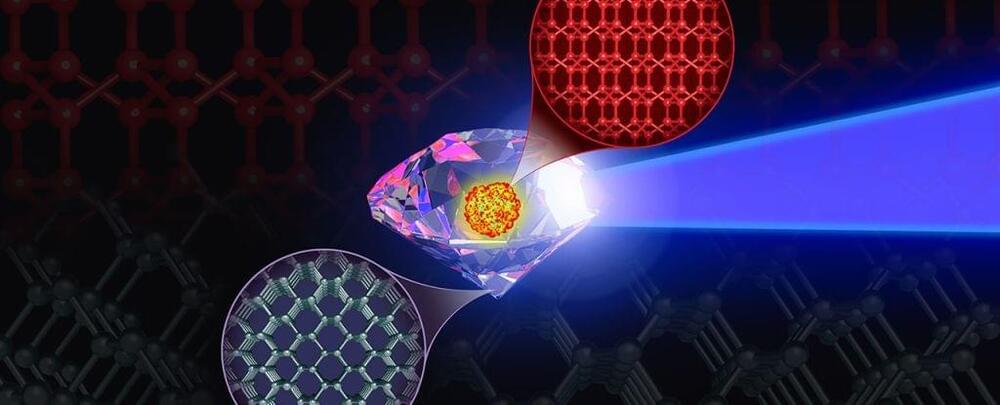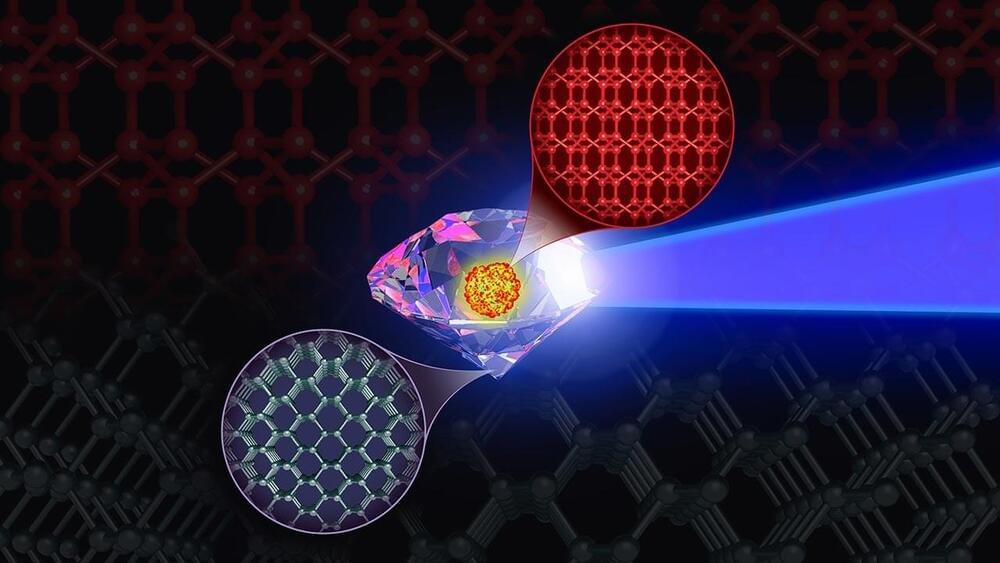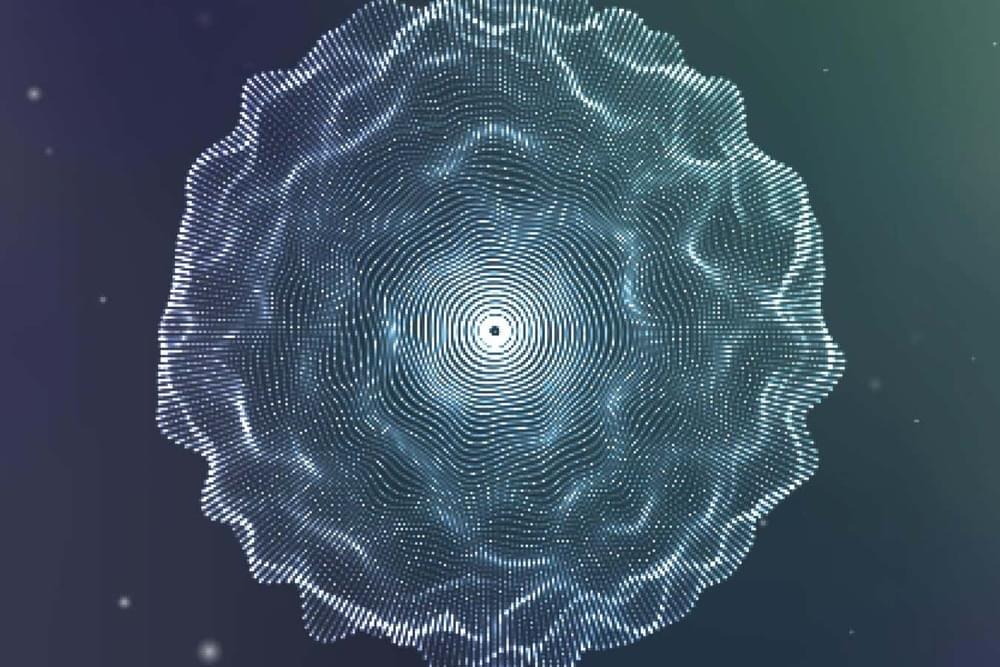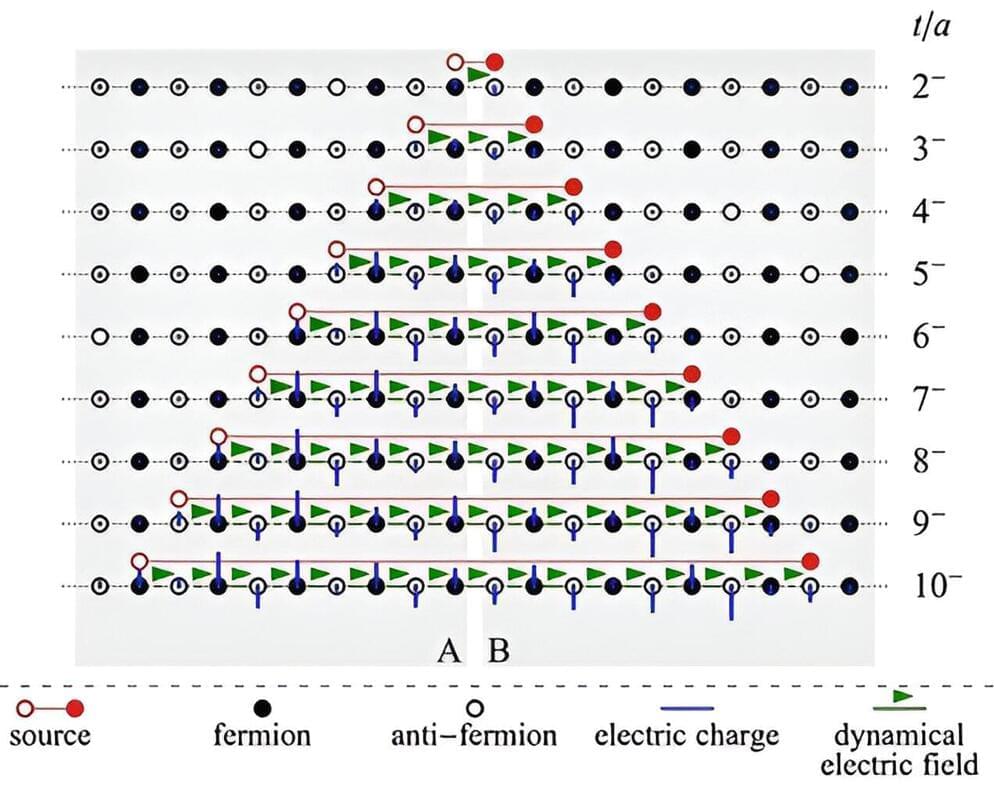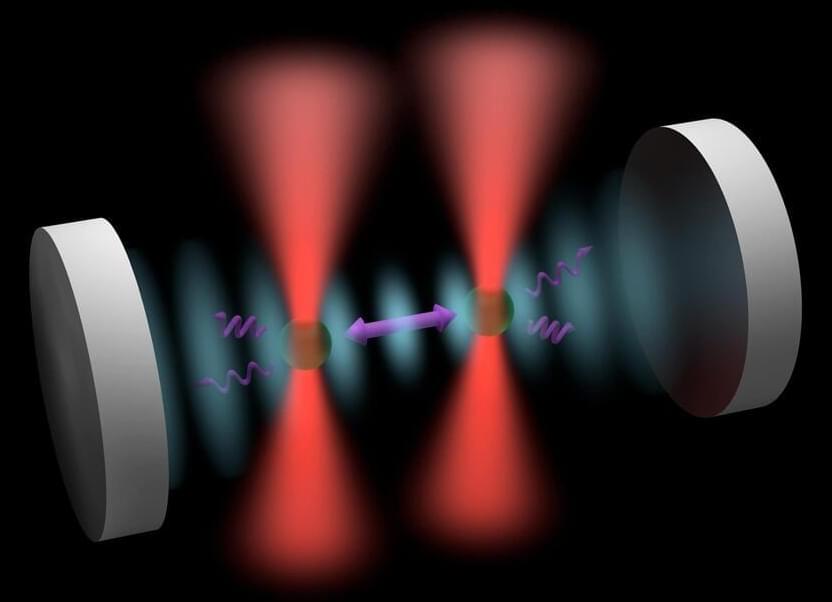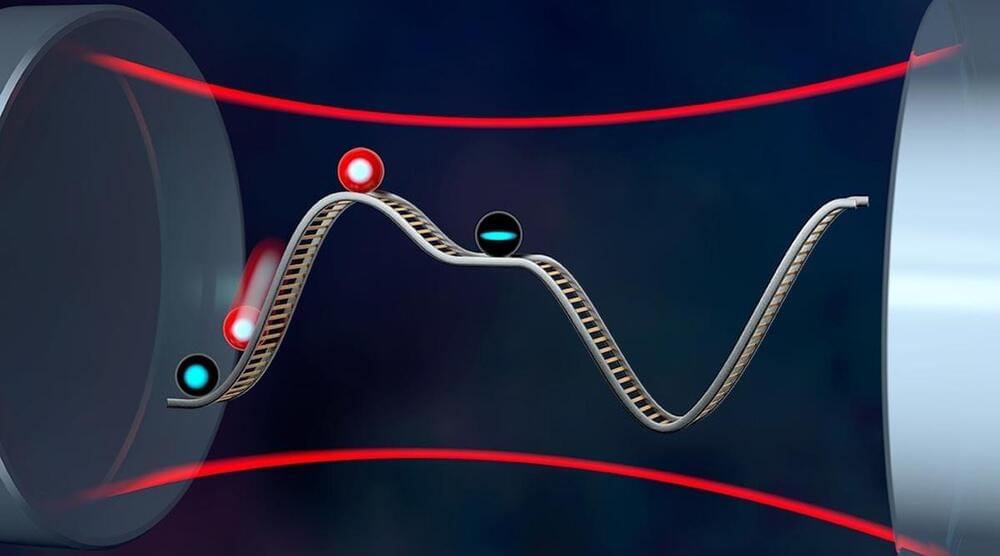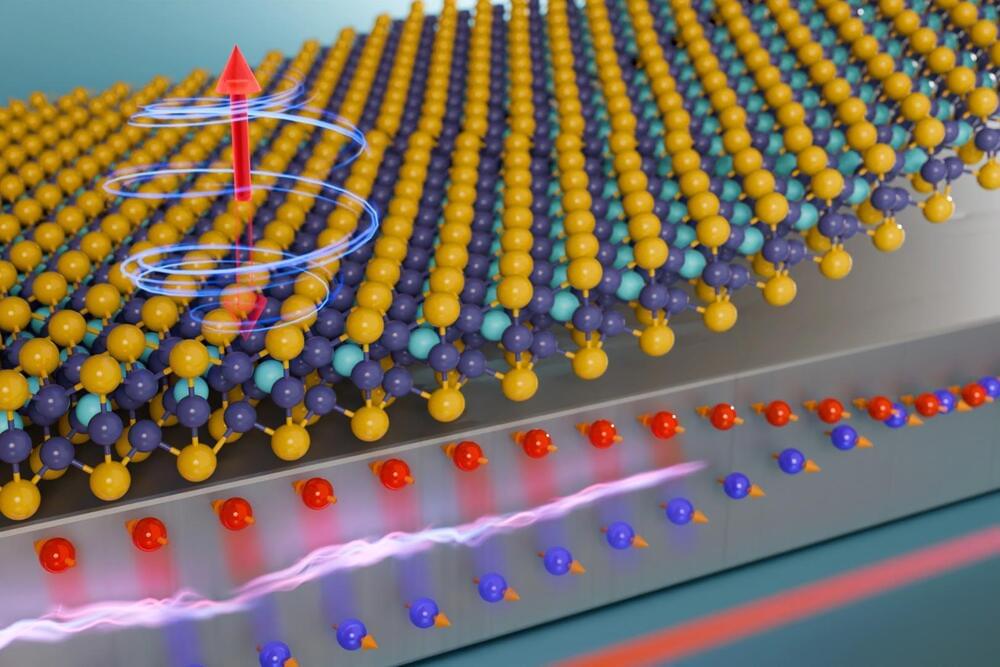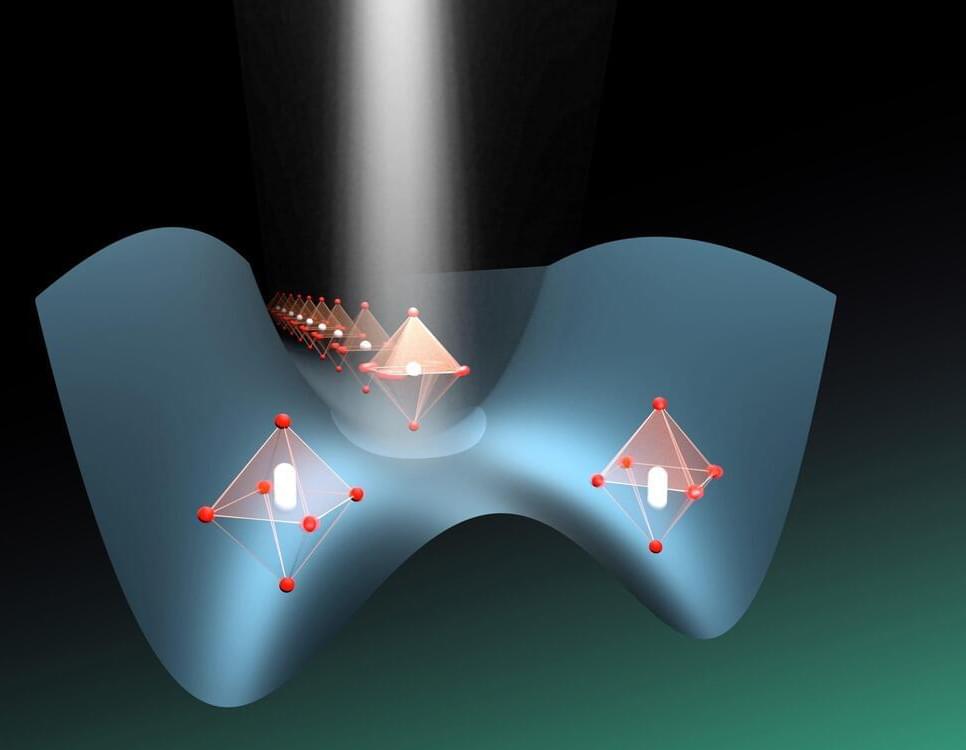Simulations of an elusive carbon molecule that leaves diamonds in the dust for hardness may pave the way to creating it in a lab.
Known as the eight-atom body-centered cubic (BC8) phase, the configuration is expected to be up to 30 percent more resistant to compression than diamond – the hardest known stable material on Earth.
Physicists from the US and Sweden ran quantum-accurate molecular-dynamics simulations on a supercomputer to see how diamond behaved under high pressure when temperatures rose to levels that ought to make it unstable, revealing new clues on the conditions that could push the carbon atoms in diamond into the unusual structure.
